-

Instant Drinks
Flavors Description COLORCOM Ready to drink series contains real fruits, jams, Jelly Ball, COLORCOM jelly and other ingredients. Prepare a cup of fruit tea with variety of texture in just 3 seconds! Each sachet is designed for easy operation, reducing labor cost. It can also be used as topping for cold desserts such as yoghurt and ice cream. Specification Product parameters Numerical value Solids Content ≥50% Shelf Life 12 month (Ambient) Mixing Proportion 1:2.5 Pac... -

Calcium Sulphate Dihydrate| 10101-41-4
Calcium Sulphate Dihydrate is colorless columnar crystal or white crystalloid powder. 128 °C lose 1.5 gesso to half hydrate and 163 °C above be without water content. The relative density 2.32, melting point °C (1450 without water content). Slightly soluble in hot water soluble in alcohols and most organic solvents.
-
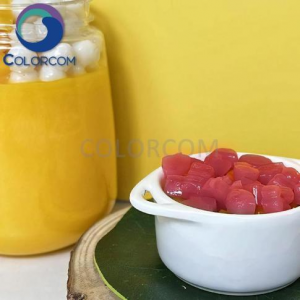
Formative Fruit
Flavors Description Colorcom ”Formative Fruit” series products are brand-new taste granules made from natural fermented polysaccharides. It is elastic, tough and crisp, and can highly present the taste and shape of fruit, as if it were real fruit. Product Feature High fruit juice content, up to 80%, showing the taste of real fruit to the maximum; Highly presents fruit shape, mango, strawberry, pumpkin… Independently developed high-efficiency tube cutting machi... -
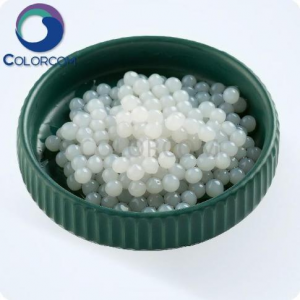
Fiber Boba
Flavors Description “Fiber Boba” is a spherical topping made from natural seaweed extract and curdlan, which is rich in dietary fiber. Freezing resistance change to freeze resistance/ freezable There will be no ice residue after freezing and it will remain elastic. High temperature resistance: secondary sterilization, high temperature baking. Product flavor can be customized. Specification Product parameters Numerical value Solid Content ≥60% Heat Resistance Property Res... -

Transglutaminase | 80146-85-6
Products Description Transglutaminase is an enzyme that catalyzes the formation of an isopeptide bond between a free amine group (e.g., protein- or peptide-bound lysine) and the acyl group at the end of the side chain of protein- or peptide-bound glutamine. The reaction also produces a molecule of ammonia. Such an enzyme is classified as EC 2.3.2.13. Bonds formed by transglutaminase exhibit high resistance to proteolytic degradation (proteolysis). In commercial food processing, transglut... -
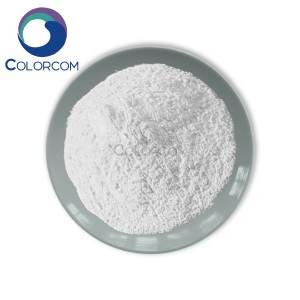
Sodium Bicarbonate | 144-55-8
Products Description Sodium bicarbonate is basically a chemical compound, which is also often known as baking soda, bread soda, cooking soda and bicarbonate of soda. Students of science and chemistry have also nicknamed sodium bicarbonate as sodium bicarb, bicarb soda. Sometimes it is also simply known as bi-carb. The Latin name for sodium bicarbonate is Saleratus, which means, ‘aerated salt’. Sodium bicarbonate is a component of the mineral Natron, also known as Nahcolite wh... -

Ammonium Bicarbonate | 1066-33-7
Products Description White powdered crystalline, with weak ammonia odour, with specific gravity 1.586, poor thermal stability, absorbs moisture when exposed to moisture air, decomposed to NH3, CO2 and H2O at 35 degree centigrade, freely soluble in water but insoluble ethanol and acetone. Uses: It is mainly used as the foaming agent of such baked goods as bread, biscuits, cakes etc. Additionally, it’s also widely used in chemical and electronic equipment, etc. Specificatio... -
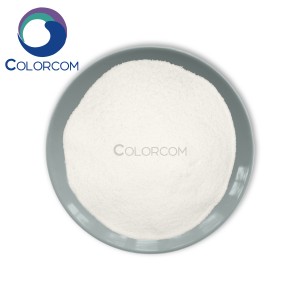
Modified Starch
Products Description Modified starch, also called starch derivatives, are prepared by physically, enzymatically, or chemically treating native starch to change its properties. Modified starches are used in practically all starch applications, such as in food products as a thickening agent, stabilizer or emulsifier; in pharmaceuticals as a disintegrant; as binder in coated paper. They are also used in many other applications.Starches are modified to enhance their performance in different ... -

Potassium Chloride | 7447-40-7
Products Description The chemical compound potassium chloride (KCl) is a metal halide salt composed of potassium and chlorine. In its pure state, it is odorless and has a white or colorless vitreous crystal appearance, with a crystal structure that cleaves easily in three directions. Potassium chloride crystals are face-centered cubic. Potassium chloride was historically known as “muriate of potash”. This name is occasionally still encountered in association with its use as a... -
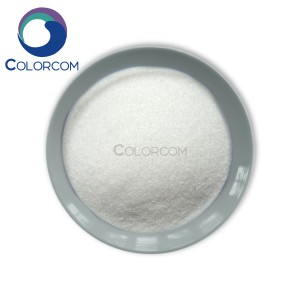
Potassium Formate | 590-29-4
Products Description Potassium formate is the potassium salt of formic acid. It is an intermediate in the formate potash process for the production of potassium. Potassium formate has also been studied as a potential environmentally friendly deicing salt for use on roads. Specification ITEM STANDARD Appearance White or light green solid Assay (HCOOK) 96%Min Water 0.5% Max Cl 0.5%Max Fe2+ 1PPM Ca2+ 1PPM Mg2+ 1PPM -

Succinic Acid | 110-15-6
Products Description Succinic acid (/səkˈsɪnɨk/; IUPAC systematic name: butanedioic acid; historically known as spirit of amber) is a diprotic, dicarboxylic acid with chemical formula C4H6O4 and structural formula HOOC-(CH2)2-COOH. It is awhite, odorless solid. Succinate plays a role in the citric acid cycle, anenergy-yielding process. The name derives from Latin succinum, meaning amber,from which the acid may be obtained.Succinic acid is a precursor to some specialized polyesters. It is... -

Glycerol | 56-81-5
Products Description Glycerol (or glycerine, glycerin) is a simple polyol (sugar alcohol) compound. It is a colorless, odorless, viscous liquid that is widely used in pharmaceutical formulations. Glycerol has three hydroxyl groups that are responsible for its solubility in water and its hygroscopic nature. The glycerol backbone is central to all lipids known as triglycerides. Glycerol is sweet-tasting and of low toxicity.Food industryIn foods and beverages, glycerol serves as a humectant...

